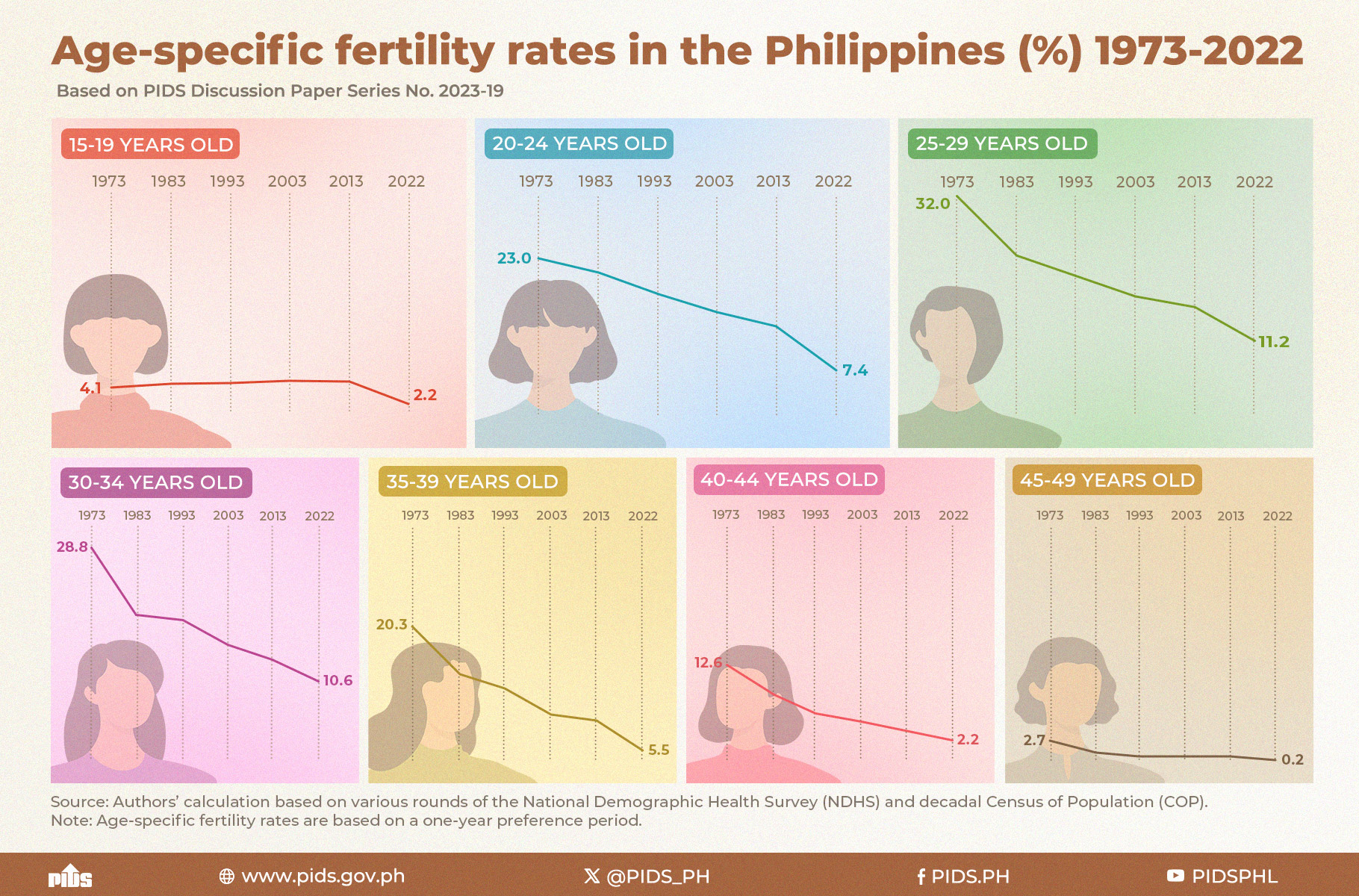Policy makers tend to lump poor people into one homogeneous group – the poor, At the most, poor people are classified into two groups: the poor and the extremely poor. Now, the Department of Social Welfare and Development (DSWD) wants to add another classification: the near poor.
In a forum I attended just this morning, the DSWD in cooperation with the Asian Development Bank (ADB) presented a study by Dr. Vic Paqueo entitled “Analysis of the Near-Poor Challenge and Strategy Development Ideas." It identifies near poor families as those "who live at a knife-edge with little or no buffer against the economic shocks such that they can easily become poor when faced with crisis."
So how do we know who the near-poor families? Dr. Paqueo explained that near poor families are those with incomes that are just above the total poverty threshold. Given that at present the national poverty threshold is at PhP9,686, the near poor threshold will be at PhP12.400.
The near poor, added Pacqueo, are those who have per-capita income higher than the poverty threshold, with small family size, the family head is educated, mostly non-agricultural workers, more of them are unemployed, have access to electricity and live in houses made of strong materials.
In spite having jobs and earning or having some savings these families can easily become poor when faced with crisis such as lost of job, lost of financial assistance or sources of income due to calamities, and sickness that incur big amount for their medicines and hospitalization costs.
He said that many near poor families may be considered as "balik-balik" or those that are in and out of poverty at certain points in time. By classifying these households as a separate sector based on their poverty risk, government programs can make better and target-driven programs for them.
Pacqueo recommended that the government should take steps because near poor households are more prevalent. This may have been due to some policy and program failure, such as the minimum wage law. Also, it is easier to prevent them from becoming poor and therefore should be part of a comprehensive and sustainable anti-poverty programs.
This is not an entirely new idea as this has already been proposed by Dr. Celia Reyes of the Philippine Institute for Development Studies. In a study, she identified what she called then as transient poor – families that go in and out of poverty due to shocks they experienced. Dr. Reyes even pointed out that there are more of these families than those covered by the Conditional Cash Transfer program of the DSWD.
Perhaps this near poor idea is also an indication what most of us have been thinking all along: the CCT is not effectively addressing poverty and is just creating a new culture of dependency and mendicancy.
In a forum I attended just this morning, the DSWD in cooperation with the Asian Development Bank (ADB) presented a study by Dr. Vic Paqueo entitled “Analysis of the Near-Poor Challenge and Strategy Development Ideas." It identifies near poor families as those "who live at a knife-edge with little or no buffer against the economic shocks such that they can easily become poor when faced with crisis."
So how do we know who the near-poor families? Dr. Paqueo explained that near poor families are those with incomes that are just above the total poverty threshold. Given that at present the national poverty threshold is at PhP9,686, the near poor threshold will be at PhP12.400.
The near poor, added Pacqueo, are those who have per-capita income higher than the poverty threshold, with small family size, the family head is educated, mostly non-agricultural workers, more of them are unemployed, have access to electricity and live in houses made of strong materials.
In spite having jobs and earning or having some savings these families can easily become poor when faced with crisis such as lost of job, lost of financial assistance or sources of income due to calamities, and sickness that incur big amount for their medicines and hospitalization costs.
He said that many near poor families may be considered as "balik-balik" or those that are in and out of poverty at certain points in time. By classifying these households as a separate sector based on their poverty risk, government programs can make better and target-driven programs for them.
Pacqueo recommended that the government should take steps because near poor households are more prevalent. This may have been due to some policy and program failure, such as the minimum wage law. Also, it is easier to prevent them from becoming poor and therefore should be part of a comprehensive and sustainable anti-poverty programs.
This is not an entirely new idea as this has already been proposed by Dr. Celia Reyes of the Philippine Institute for Development Studies. In a study, she identified what she called then as transient poor – families that go in and out of poverty due to shocks they experienced. Dr. Reyes even pointed out that there are more of these families than those covered by the Conditional Cash Transfer program of the DSWD.
Perhaps this near poor idea is also an indication what most of us have been thinking all along: the CCT is not effectively addressing poverty and is just creating a new culture of dependency and mendicancy.












